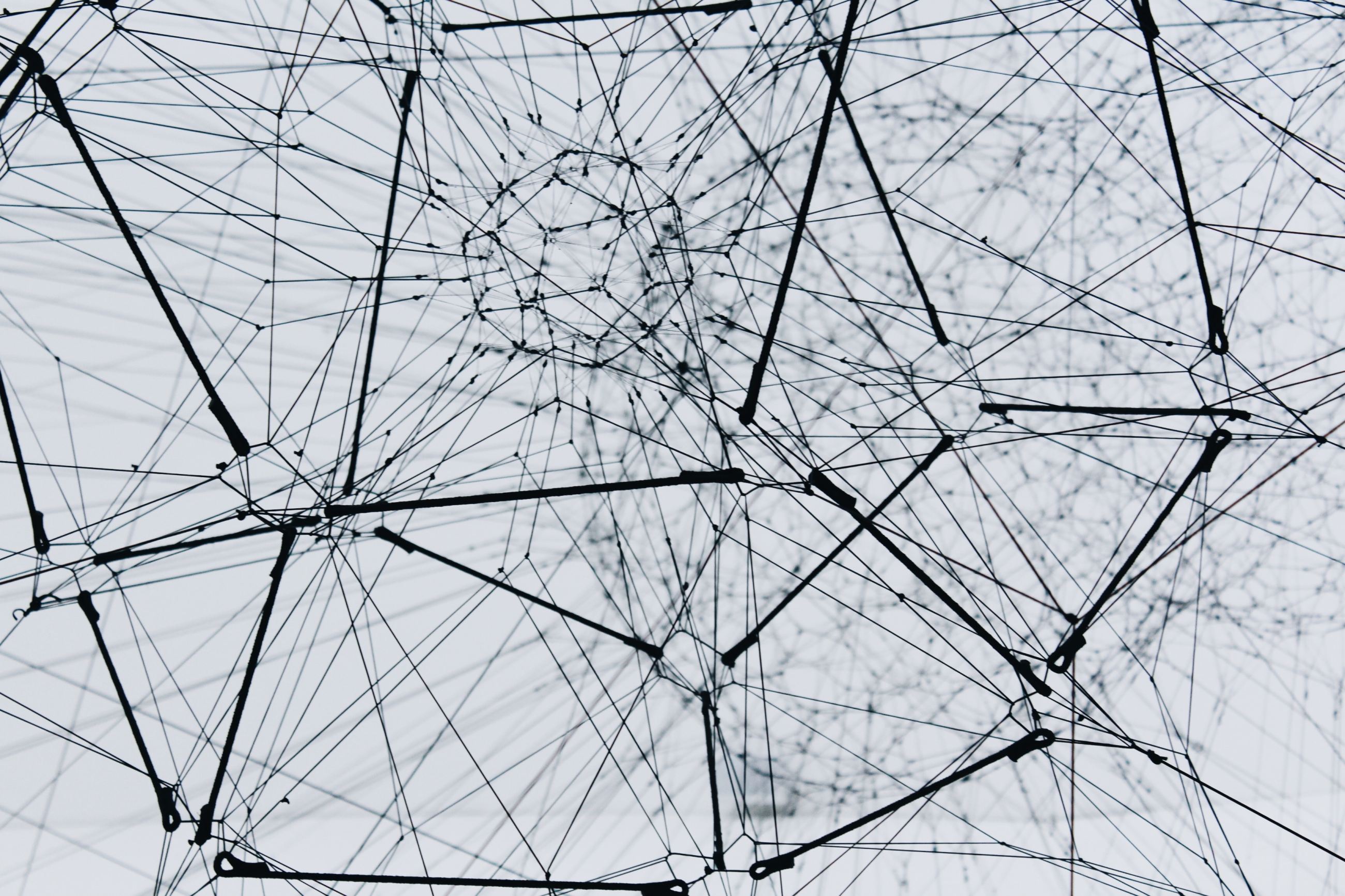
Journalism’s superfood: AI?
The rapid pace of technology adoption is forcing the practice of journalism to continuously adapt and implement. Artificial intelligence (AI) is one of the forces that journalism can’t ignore. It’s already everywhere — the good and the bad.
While unregulated AI could pose a threat to our democracy, when AI is harnessed properly, it can become journalism’s superfood. The time is now for journalists and innovators to be creative and imaginative in shaping the future of AI and the news.
There are numerous examples of how AI is already empowering journalism. Some use AI to increase efficiency, while others use it to produce more robust reporting and automated content:
- AP, Bloomberg and the Los Angeles Times used automation to deliver thousands of stories ranging from earthquake alerts to corporate earnings. While I was at the AP, I helped hire the first automation editor whose job was to identify opportunities to automate cumbersome editorial processes.
- Washington Post used machine learning to moderate, filter and flag comments with its Modbot.
- Quartz built a machine-learning model that aided journalists in an investigation on how multinational companies have avoided paying taxes when they do business in Africa, the Middle East and Asia. Knight Foundation is a funder of Quartz’s AI studio.
And we are just scratching the surface of how AI can empower journalism. Natural language processing, machine learning and deep learning will have the most immediate impact to how journalism is produced and consumed in the next decade.
- Natural language processing (NLP) allows machines to understand, interpret and communicate with humans in our own language. It powers applications from Google Translate to Alexa to Grammarly.
- Machine learning allows machines to learn and make decisions with minimal human guidance based on data. Industries with large amounts of data applied machine learning in real time to glean insights and gain efficiencies. Applications that recommend items to you, based on your purchase or consumption history, are common now.
- Deep learning allows machines to learn from numerous layers of complex data with different interpretation to make a complex decision without human interventions. Facial recognition and autonomous vehicle are two practical examples of deep learning.
How does it apply to journalism?
- Can we apply machine learning and deep learning to build a knowledge graph or a bot using reporters’ notes and archives to retain knowledge for the community as newsroom resources shrinks and institutional knowledge disappears when a reporter leaves a beat or a job?
- Can a bot help copy editors correct for AP styles?
- Can news consumption behave like a Spotify playlist as smart speaker devices proliferate?
- Can we use NLP to produce news that is sensitive to the audience’s regional, cultural or ideological differences?
Just as important to what AI can do for journalism, it is equally important for us to shape how journalism ethics and standards be applied to the usage of AI.
- What protocols we should establish to prevent misinformation and disinformation in smart speakers?
- What are the processes to ensure we have the highest standards and transparency to our audience when text, video and audio content are generated or edited with AI powered technology?
Inevitably, newsrooms that better resourced and more technologically savvy are early adopters but what about smaller or nonprofit newsrooms? Will AI only be used by large national news organizations that are better resourced? Leaving others behind?
Since 2017, Knight Foundation has been exploring the intersection of AI and the news. We are a funder of The Ethics and Governance of Artificial Intelligence Initiative. Earlier this year, the initiative funded seven projects that tackle the tricky questions of this intersection.
At this year’s ONA conference, we supported a convening hosted by the AP and Quartz for local newsroom reporters, producers, editors and technologists to brainstorm how to help smaller newsrooms use existing artificial intelligence tools and services to gather, research, produce and distribute news. We also made investments in California Polytechnic State University and University of Miami, advancing their work to design and implement a state and local news wire service of algorithmically-generated news content. Our support is intended to increase the volume of quality news articles and revenue opportunities for newsrooms by applying machine learning to searchable datasets such as state legislative hearing transcripts, press conferences and other state and municipal government documents and proceedings.
And on Jan. 24, 2020, NYC Media Lab, with support from Knight Foundation, will host a 2-day interactive event for 150 technologists, journalists, entrepreneurs and newsroom innovators in a hands-on working groups and strategy sessions focused on defining the opportunities and challenges faced by local newsrooms when it comes to AI adoption.
Over the next year, we will listen, learn, build and gather insights and knowledge from a diverse group of experts and innovators across various disciplines. I believe AI can be journalism’s superfood, but it will take a multidisciplinary approach to ensure the technology is empowering journalism for good instead of harm.
Paul Cheung is director for journalism at Knight Foundation.
Recent Content
-
Journalismarticle ·
-
Journalismarticle ·
-
Journalismarticle ·


